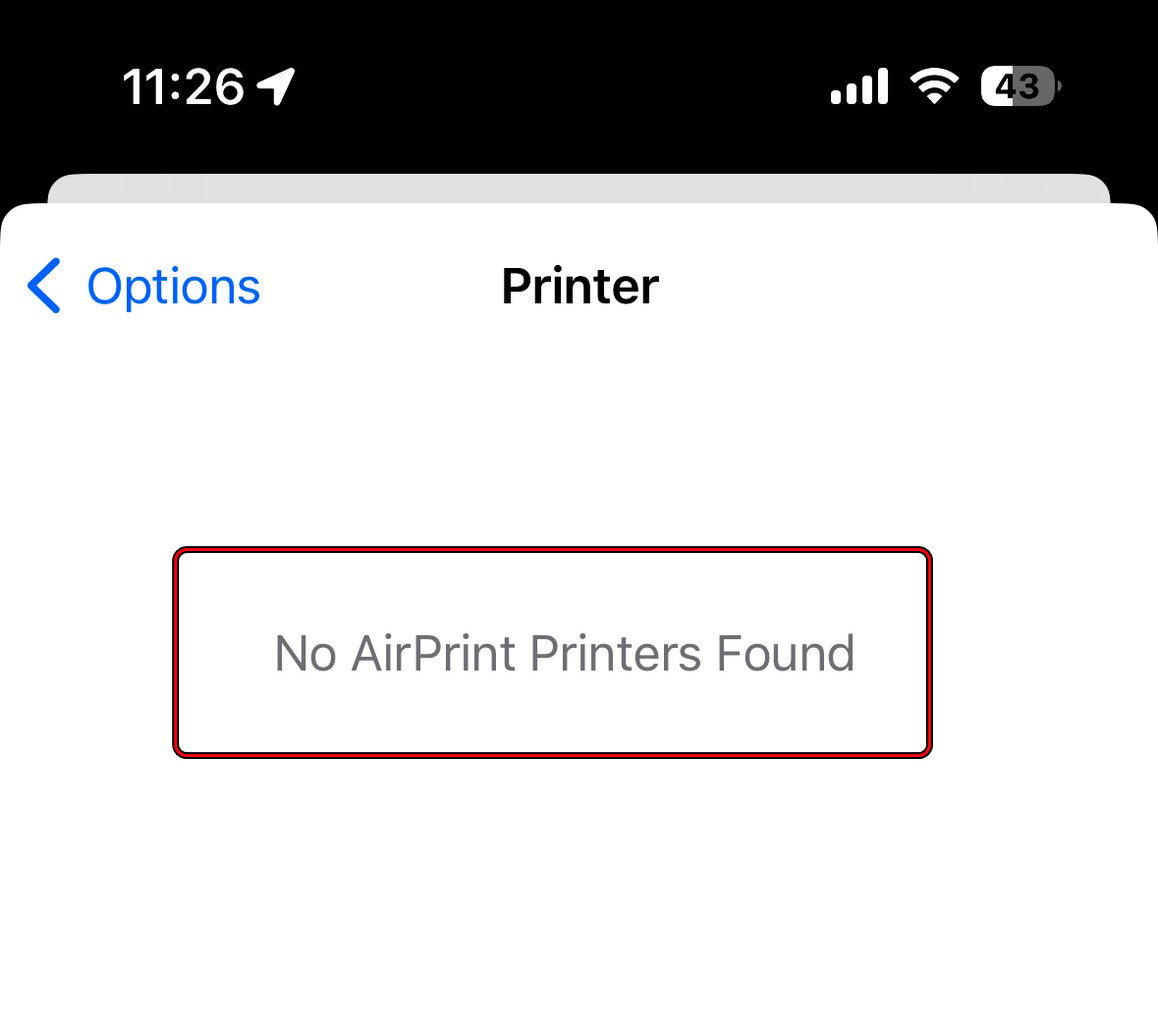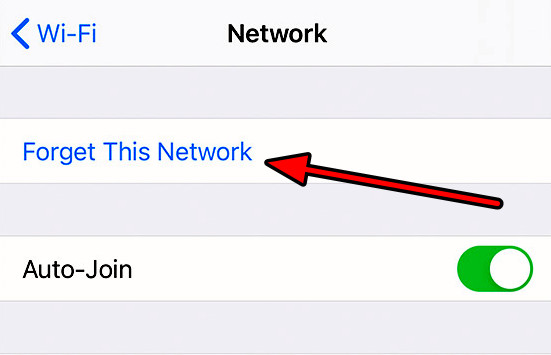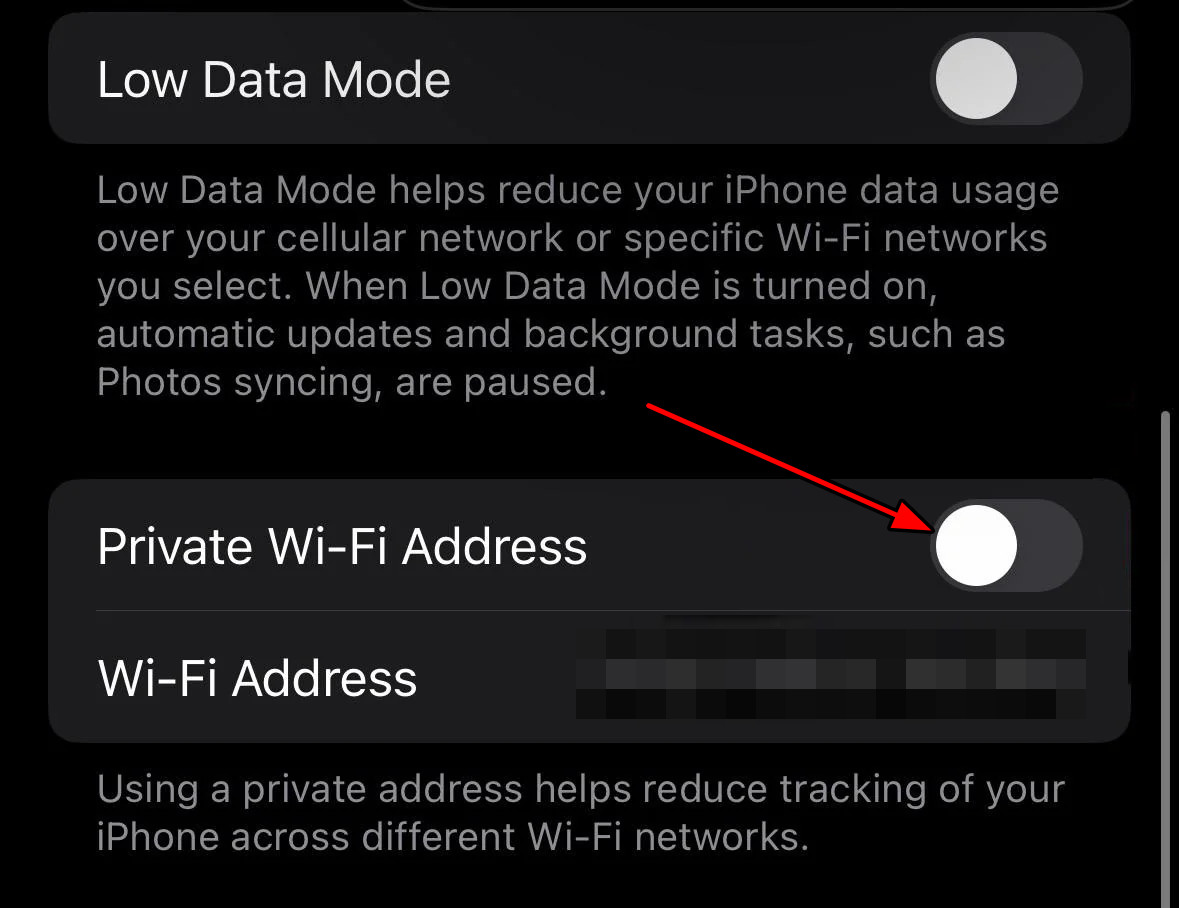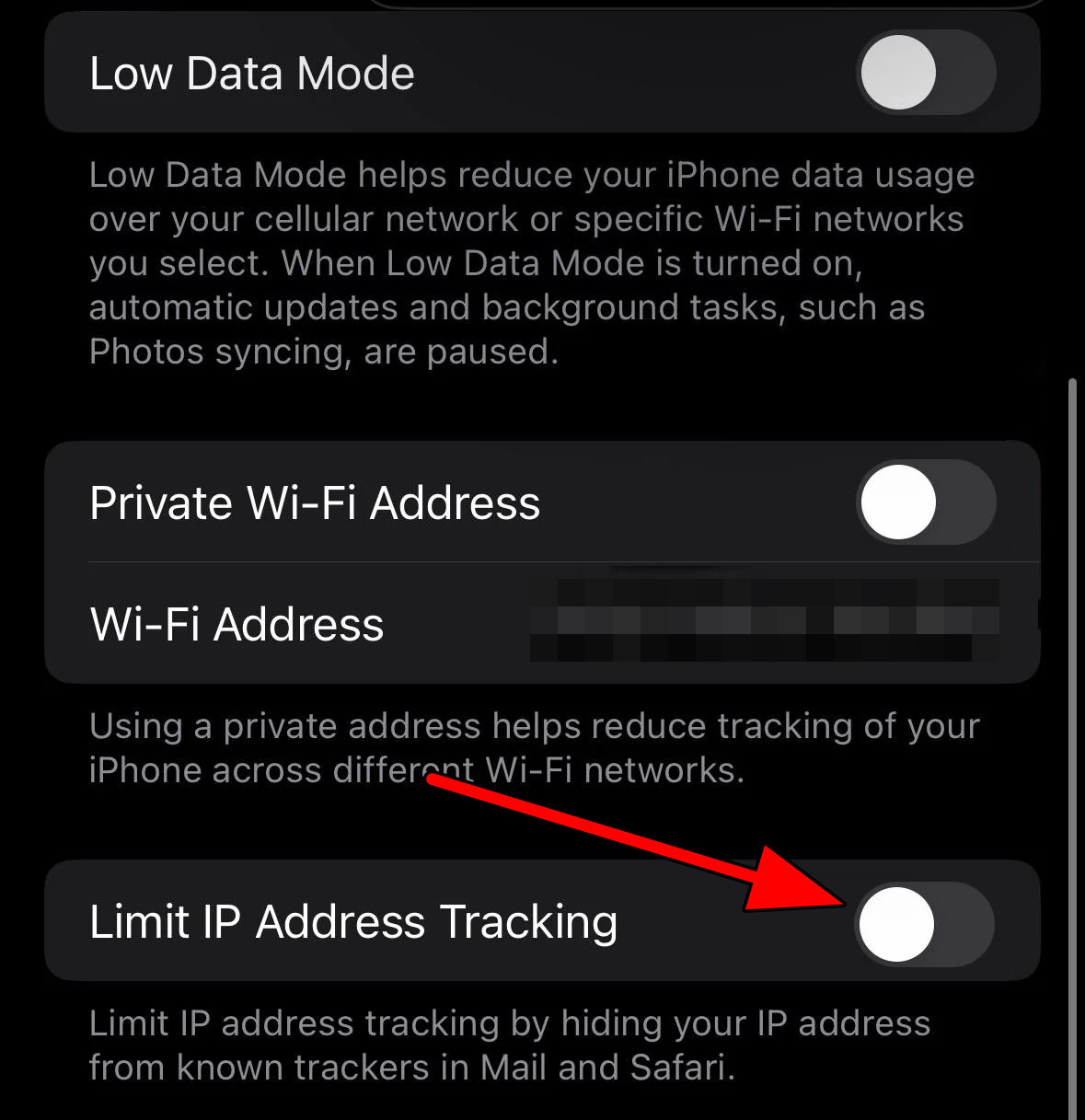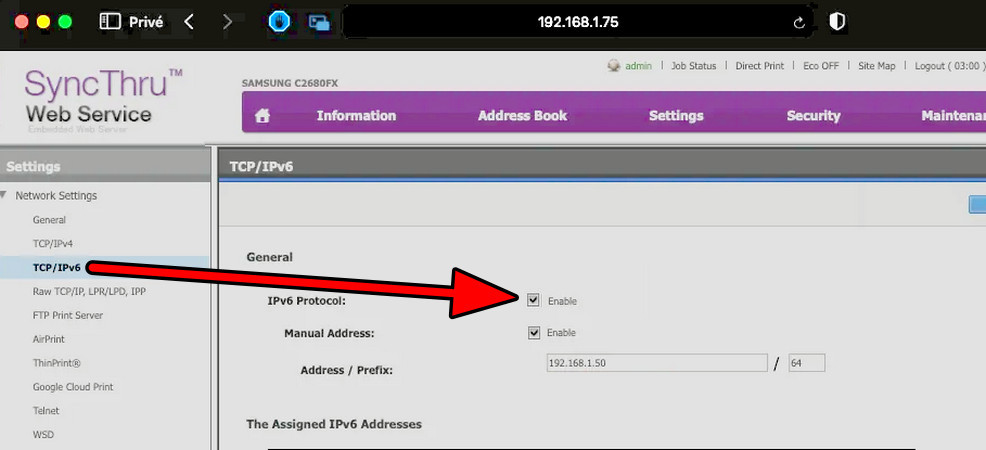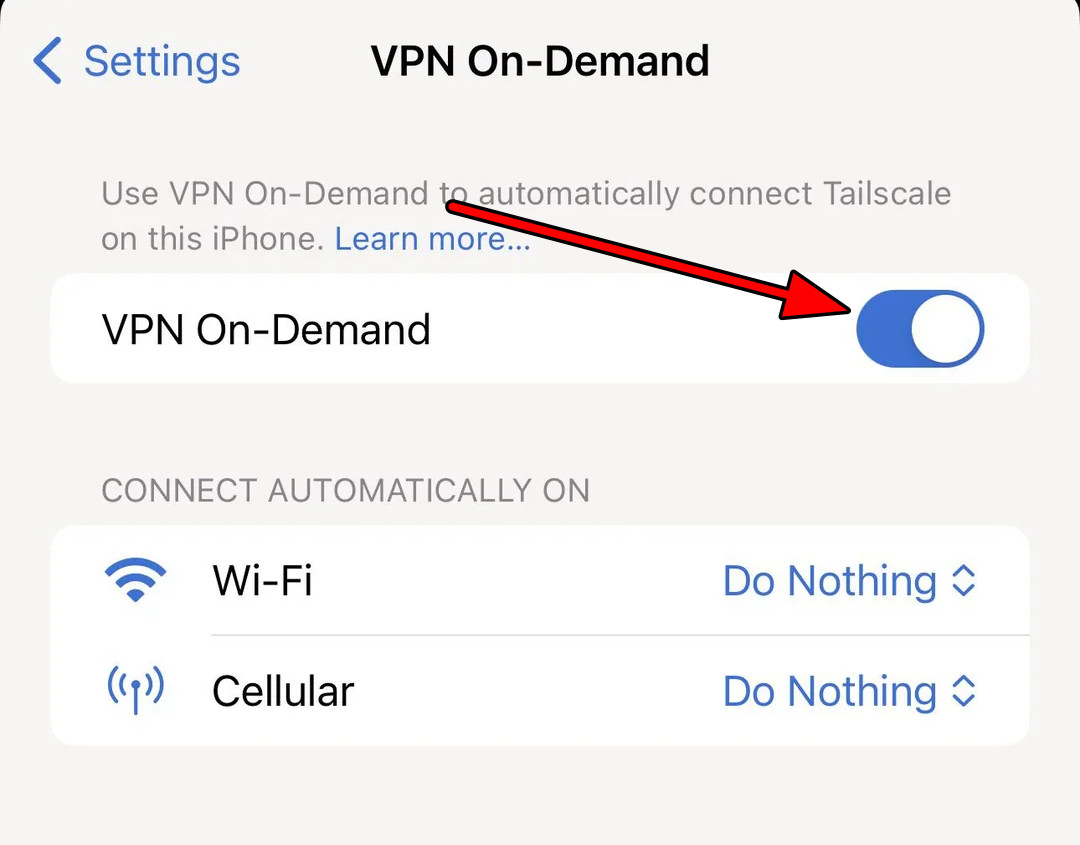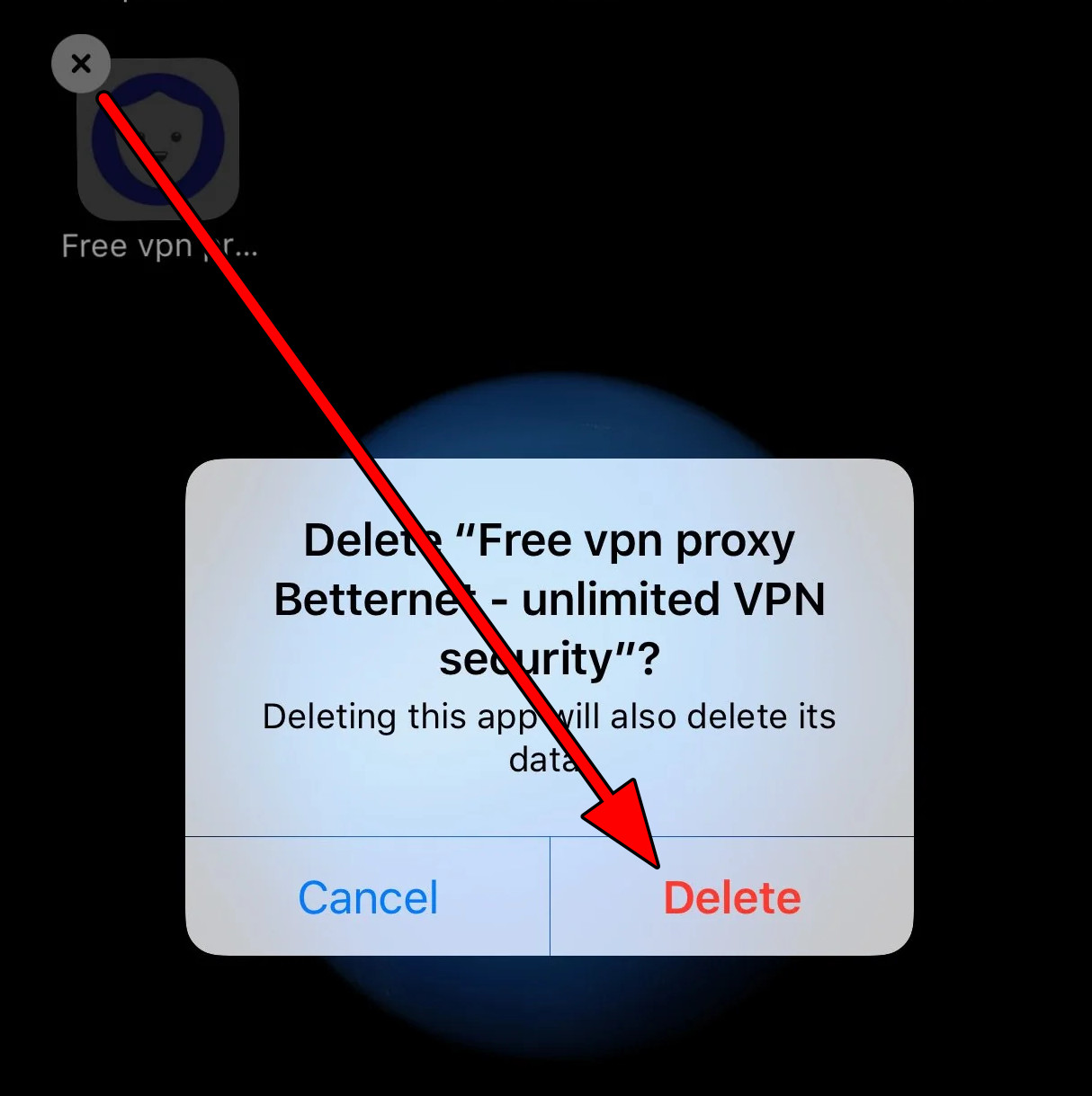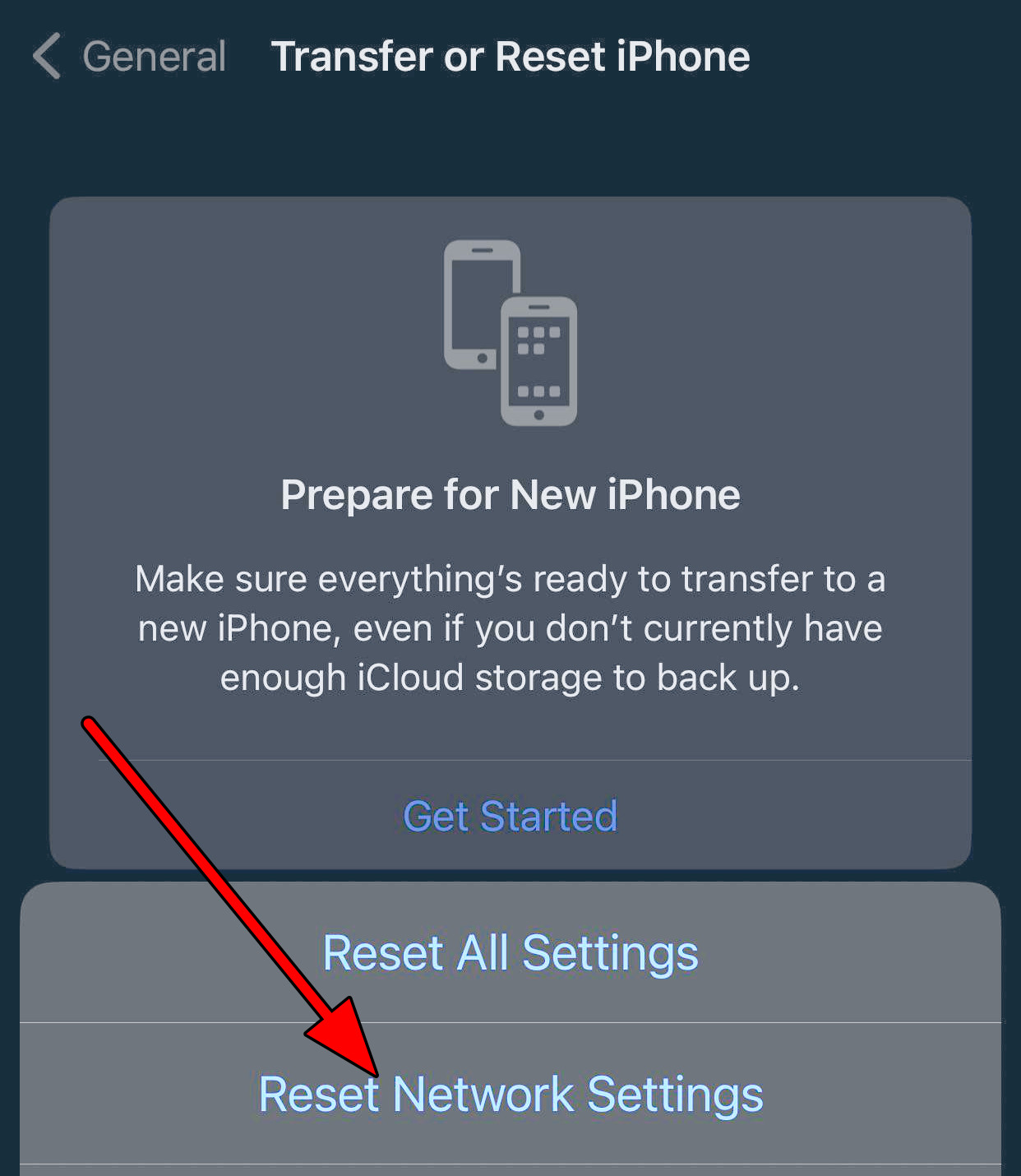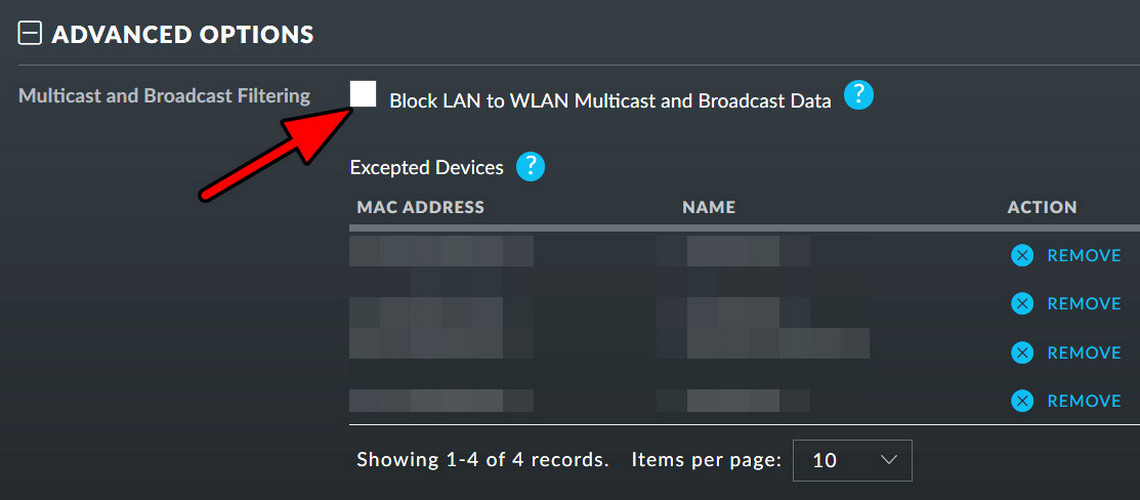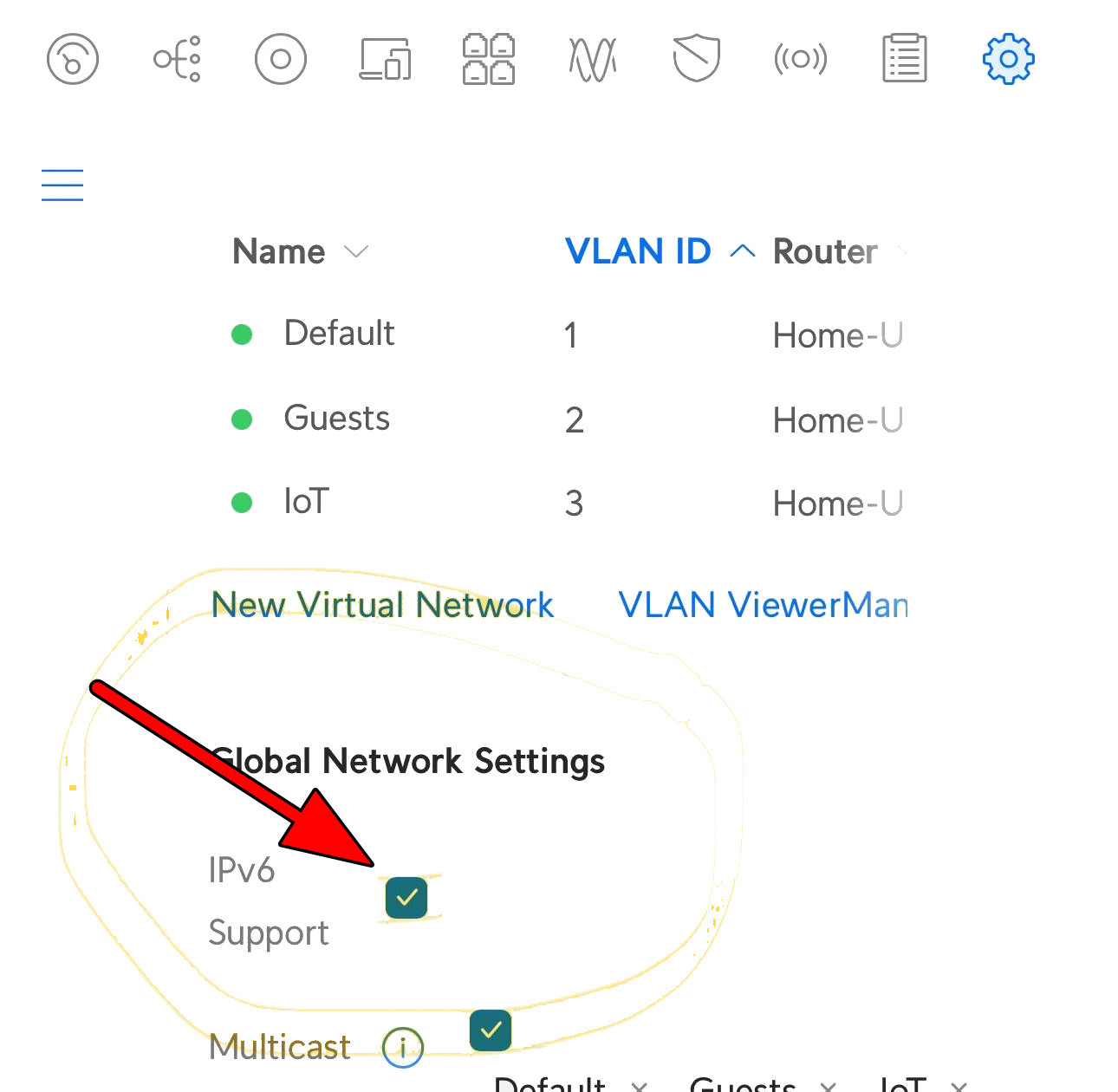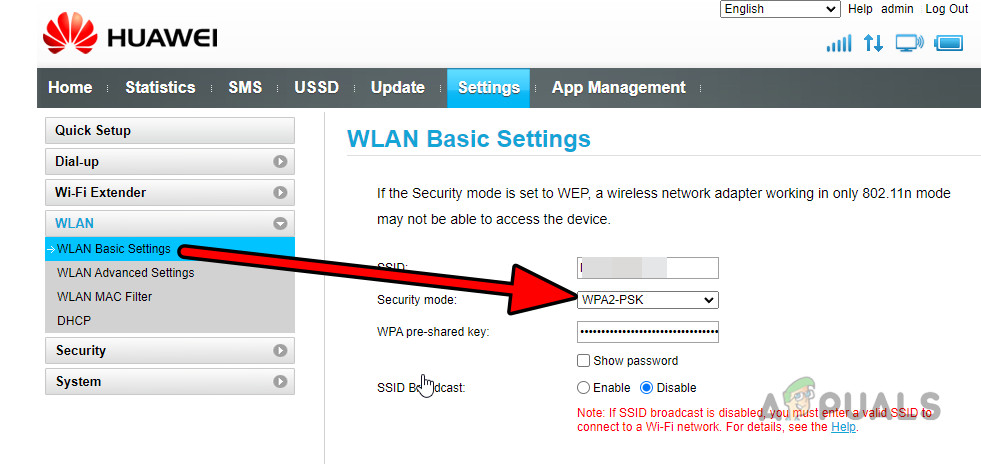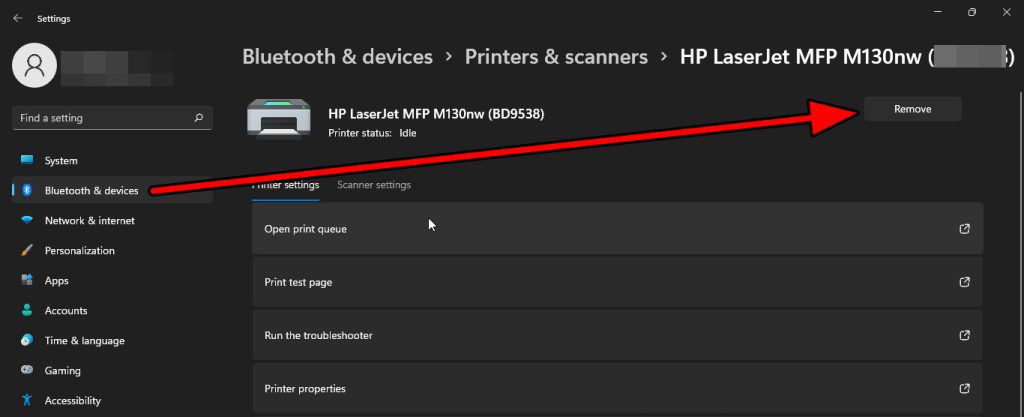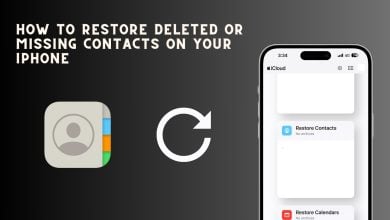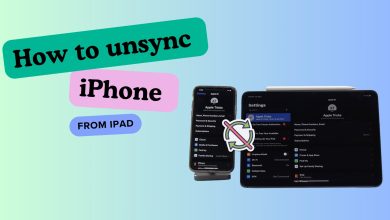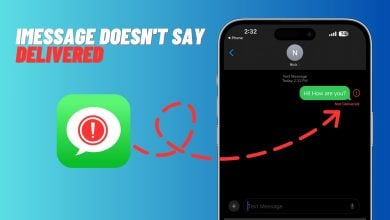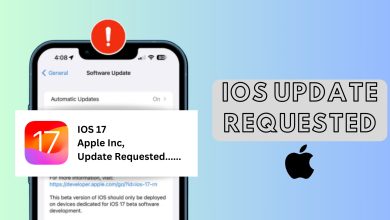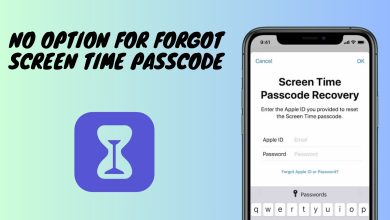How to Fix ‘No AirPrint Printers Found’ Issue on Apple Devices?
When encountering the “No AirPrint Printers Found” error, it often indicates connectivity issues between the Apple device and the printer. The most common cause of this problem is when the devices are not connected to the same Wi-Fi network. For instance, your iPhone or iPad might be connected to a different network than your printer, such as a guest network or a separate network within your home.
Other factors contributing to this issue include router settings that do not support Bonjour—a protocol critical for AirPrint to function properly. For instance, printers such as the Brother MFC-L2700DW connect only through the 2.4 GHz band, so ensuring that both your printer and Apple device are connected to the same frequency band is vital.
Additionally, incorrect network configurations or outdated printer firmware can cause problems. Performing a power cycle on your devices, including the router, printer, and Apple device, can often resolve these issues by refreshing the network connection. Furthermore, it is essential to verify that your printer supports AirPrint and that this feature is enabled. Some printers, like certain HP models, may require you to confirm the wireless connection and enable AirPrint through the HP Smart app.
For Canon printers, it is recommended to ensure that the mobile device and the printer are on the same network. Attempt to reconnect the mobile device by forgetting the network and rejoining it. A power cycle of the router might also prove useful as a potential solution.
Lastly, some users have managed to resolve the problem by simply restarting their printer and checking for software updates, suggesting that the solution can sometimes be as straightforward as ensuring all devices are running the latest software versions.
1. Basic Troubleshooting
Before tackling more advanced solutions, let’s start with some basic steps.
- Supported: Verify that the printer you’re trying to use is compatible with AirPrint.
- Restart: Power down your devices in the following order:
- Router
- Printer
- iPhones or iPads
- Macs
- Other devices
After powering off each device, wait for three minutes before turning on the router. Wait another three minutes before turning on the printer. Continue waiting for three minutes before powering on the Apple devices (iPhone, iPad, or Mac). Finally, power on any other devices.
- Update: Ensure that your printer’s firmware, the router, and the Apple devices are all up to date.
- Wake Up: Ensure the printer isn’t in auto sleep mode when attempting to use AirPrint. You may need to press a button to wake it up, or you can set up an app to periodically ping the printer, preventing it from entering sleep mode.
- Access Points: If your network has multiple access points, ensure they support the Bonjour protocol. Temporarily power down those not supporting the protocol.
- Firewall: Check if your printer server’s firewall is blocking communication between your Apple device and the printer.
2. Rejoin the Apple Device to the Wi-Fi Network
If AirPrint cannot find supported printers on your network due to issues with the communication module, reconnecting the Apple device to the Wi-Fi network may resolve the problem.
- Access the Settings on your iOS device and navigate to Wi-Fi.
- Tap the info button next to the connected Wi-Fi network and select Forget This Network.
Forget the Wi-Fi Network on the iPhone - Confirm the action.
- After restarting the related devices, rejoin the iOS device to the Wi-Fi network and test AirPrint.
- If the problem persists, reconnect the printer to the Wi-Fi network and try to print again.
3. Disable Private Wi-Fi Address in the Apple Device Settings
Apple devices use a Private Wi-Fi Address feature to enhance privacy. However, this feature can interfere with local network communication, which is necessary for AirPrint. Disabling the Private Wi-Fi Address in Apple device settings may solve the issue.
- Open the Settings app on the iPhone and tap Wi-Fi.
- Tap the Info icon next to your Wi-Fi network and switch off Private Wi-Fi Address.
Disable Private Wi-Fi Address on the iPhone - Restart all related devices and test AirPrint.
4. Disable Limit IP Address Tracking
The “Limit IP Address Tracking” feature, when activated on your Apple device, can interfere with the operation of the Bonjour protocol, affecting AirPrint. Disabling this feature might help resolve the issue.
- Open Settings and tap Wi-Fi on your iPhone.
- Press the info icon for your network and switch off Limit IP Address Tracking.
Disable Limit IP Address Tracking on the iPhone - Restart your devices and try printing via AirPrint.
5. Enable IPv6 on the Printer
IPv6 is essential for AirPrint in many IT environments, and if it’s disabled on your printer, the Bonjour protocol may be unable to locate the printer. Therefore, enabling IPv6 on the printer could be a solution.
- Access the Printer Settings and select Network Settings > TCP/IP Settings.
Enable IPv6 Protocol on the Printer - Turn on IPv6 and restart your devices.
6. Disable SSL for AirPrint in the Printer Settings
If SSL is enabled for AirPrint but the network is not configured correctly to support it, AirPrint service may fail to find compatible printers. Disabling SSL for AirPrint in the printer settings can resolve this issue.
- In the printer’s interface or remote UI, go to Settings > AirPrint Settings.
- Access SSL Settings under Other Settings and deactivate it.
Disable SSL on the Printer - Restart the devices and attempt printing through AirPrint.
7. Disable the VPN and Delete Its Profile from the Apple Device
AirPrint relies on the Bonjour protocol, which requires your device to be on the same network as the printer. A VPN can disrupt this requirement, leading to connectivity issues.
7.1. Enable Connect on Demand for the VPN
- Open the Settings app on your iPhone and go to General > VPN.
- Tap the Info button next to your VPN (e.g., Private Internet Access) and select Connect on Demand.
Enable VPN On-Demand on the iPhone - Enable this setting and test AirPrint.
7.2. Edit the VPN Options
- Open Safari, head to Preferences, and click on Extensions.
- Select Norton Web Safe.
Disable Norton Web Safe for Safari - Disable the extension and restart your devices.
7.3. Disable VPN
- Access Settings > General > VPN.
- Deactivate the VPN and restart your devices.
Disable the VPN on the iPhone - After rebooting, try AirPrint again and check the results.
7.4. Delete the VPN Profile
- With the VPN disabled, head to Settings > General > VPN & Device Management > VPN.
- Tap the VPN profile you wish to remove it.
Remove the VPN Profile from the iPhone - Restart your iPhone and test AirPrint.
7.5. Delete the VPN App
- Press and hold the VPN app icon on the home screen.
Delete the VPN App on the iPhone - Select Delete App and confirm its removal.
- Restart your iPhone and evaluate AirPrint’s performance.
7.6. Delete Other Apps
Some apps can interfere with AirPrint. Consider uninstalling apps such as:
- The Marriott Bonvoy App
- All printer-related apps like HP ePrint, HP Smart, etc.
8. Reset Network Settings of the Printer and Apple Device
Incorrect network settings on the printer or Apple device can prevent you from using a supported AirPrint printer. Resetting these settings might be the solution you need.
Before proceeding, note your current network settings (Wi-Fi credentials, VPNs, etc.), as you’ll need this information to reconfigure both the iOS device and the printer later.
8.1. On the Apple Device
- Open the Settings menu and select General > Reset.
- Choose Reset Network Settings and confirm to initiate the reset.
Reset the Network Settings of the iPhone - Once the reset is complete, restart your iPhone, router, printer, and print server.
- Reconnect the iPhone to the Wi-Fi network and attempt printing via AirPrint.
8.2. On the Printer
Resetting network settings might differ by printer model. Below is a generic guide using the Epson Artisan 800 series as an example.
- At the printer’s control panel, press the Home button and navigate to Setup > Restore Default Settings.
- Select Reset Network Settings and confirm to start the reset.
Reset the Network Settings of the Printer - After completing the reset, restart your printer, print server, router, and Apple device.
- Re-establish the printer’s connection to the network and test AirPrint functionality.
9. Edit the Router Settings
The “No AirPrint printers found” error can occur when router settings prevent the Apple device from communicating with the printer, which may be due to conflicts with the Bonjour protocol. Modifying router settings can address this problem.
Note that some settings discussed below may not apply or may be labeled differently on your router. Make adjustments using a web browser or the router manufacturer’s app.
9.1. Disable Block LAN to WLAN Multicast and Broadcast Data
- In the router’s Wi-Fi Settings, go to Wireless Networks and select Edit for your SSID.
- Deselect the option for Block LAN to WLAN Multicast and Broadcast Data.
Disable Block LAN to WLAN on the Router - Save your changes and restart the devices.
9.2. Enable the 2.4 GHz Band of the Router
- Access your router’s Wi-Fi settings and enable the 2.4 GHz band. Disable the 5 GHz band if necessary, then restart your devices.
Enable 2.4 GHz Band and Disable 5 GHz Band in the Router Settings - Ensure the devices are connected to the 2.4 GHz network and check AirPrint again.
9.3. Enable IPv6 on the Router
- After enabling IPv6 on the printer (as previously discussed), proceed to enable IPv6 on the router as well.
- Go to the router’s Wi-Fi settings and enable IPv6.
Enable IPv6 Support on the Router - Go to DHCP Server settings and ensure it’s enabled.
- Save the adjustments, restart the devices, and re-establish a connection to the Wi-Fi network. Attempt to print with AirPrint.
9.4. Change the Security Mode of the Wi-Fi
- Open your router’s Wi-Fi settings and locate the Security Mode option.
- Select a different method from the dropdown menu. For example, change from WEP to WPA2-PSK if necessary.
Change the Security Mode of the Wi-Fi Connection - Apply the changes and restart your devices.
- Run an AirPrint test to see if the printer is now detectable.
- If the problem remains, experiment with different security settings to find compatibility with your environment.
10. Reinstall the Printer Driver on the Print Server
If the print driver or application on the print server is malfunctioning, it may impede the relay of AirPrint commands to the printer. Reinstalling the printer driver on the print server may solve this issue.
- Right-click on the Start button and open Device Manager.
- Expand the Print queues section and right-click on the printer in question.
- Select Uninstall device and confirm the removal.
Uninstall Printer from the Device Manager - Open Apps & Features from the context menu of the Start button.
- Find the printer’s software, expand its options, and choose Uninstall.
- Navigate to Bluetooth & devices > Printers & scanners in the Settings menu.
- Select the problematic printer and press Remove device.
Remove the Printer from the System’s Devices - Complete the uninstallation, reboot the print server, and associated devices.
- Reinstall the printer driver and software on the print server.
- Restart the devices, reset the network settings on your Apple device, and reconnect to the Wi-Fi network to try AirPrint.
11. Reset the Printer, Router, and Apple Device
Malfunctions in the firmware of the printer or router, or in the OS of the Apple device, might block printer compatibility with AirPrint. In such cases, a reset of the affected devices may be necessary.
Back up any vital data before resetting because the process will erase it. Also, for the router, make a note of the configuration settings needed to reconnect to the internet.
11.1. Reset the Printer
- On the printer, press the Setup or Menu button.
- Go to Printer Maintenance > Restore settings.
- Select Restore Factory Defaults and confirm with Yes.
Restore the Printer to the Factory Defaults - Configure the printer after the reset, restart it, and test AirPrint.
11.2. Reset the Router
- Find the reset button on the router and press it with a paperclip or similar object for about 30 seconds.
Reset the Router to the Factory Defaults - Release the reset button and wait for the router to power up and stabilize.
- Follow the manufacturer’s guidelines to reconfigure the router, then restart other devices.
- Re-establish connections to the network and assess AirPrint’s functionality.
11.3. Reset the Apple Device
- Go to Settings and access General > Transfer or Reset iPhone.
- Select Erase All Content and Settings.
Erase All Content and Settings on the iPhone to Reset it to the Factory Defaults - Confirm your intention to erase and then set up the iPhone post-reset.
- With the other devices rebooted, test AirPrint.
12. Workarounds
In the interim, consider the following temporary solutions until the issue is resolved by Apple:
- Print from another system, device, or phone.
- Utilize the manufacturer’s OEM app for printing (e.g., Samsung Mobile Print app or HP Smart).
- Connect a supported printer to the Apple device via a USB-C to USB adapter and print through it.
- Try printing by using the IP address of the printer.
